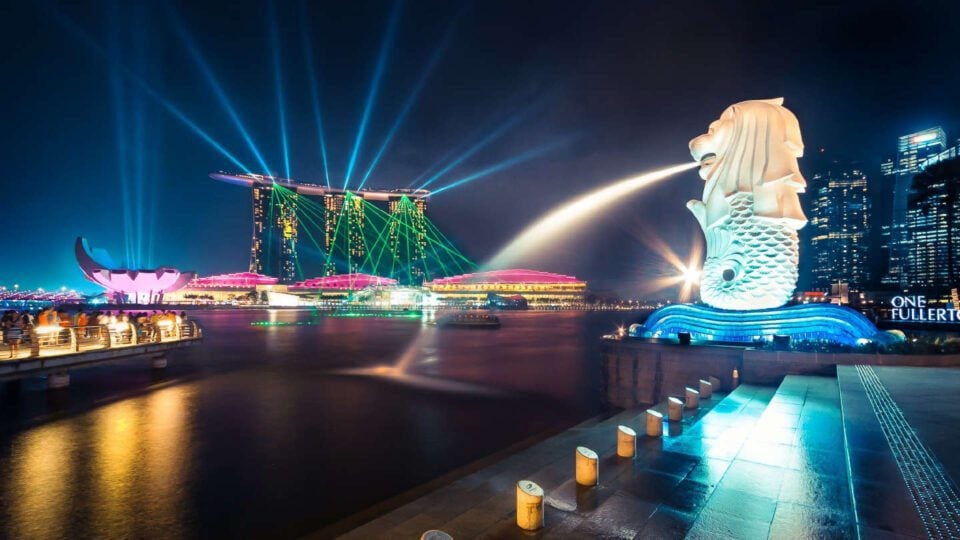Museums in Singapore are unique attractions that are worth visiting. What do tourists think about this country? Festivals, entertainment, and perhaps that’s all. However, this independent state has a rich history that it carefully preserves and offers everyone the chance to get acquainted with it. And if you want to have fun, you can also go to the center and take unique 3D photos. No one else will have such a reminder of your vacation.
Battle Box Bunker Museum
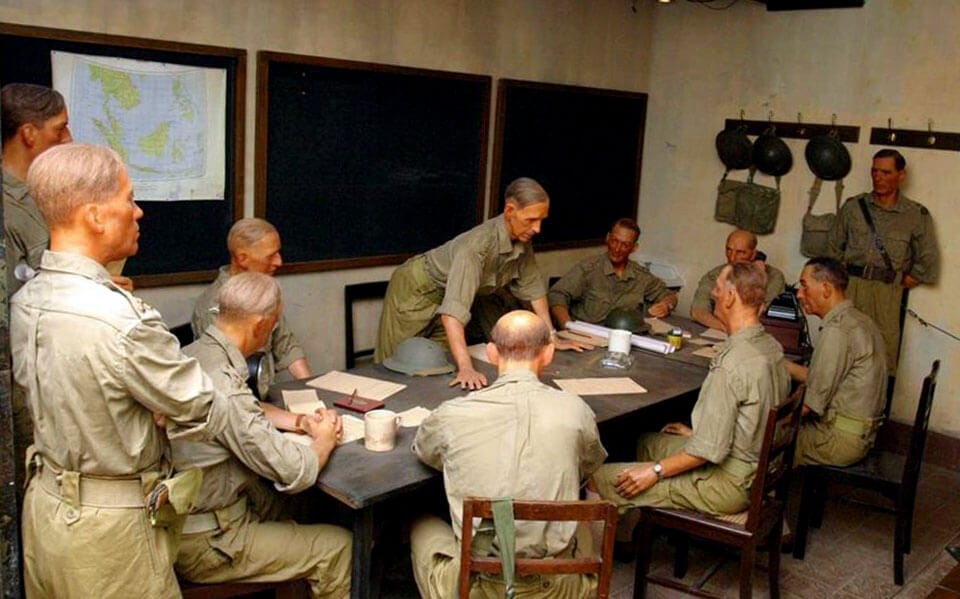
Unfortunately, this is a little-visited exhibition. It’s a shame because it tells about the tragic events of World War II. The bunker was built by British military engineers in 1936. Its main purpose was to serve as the headquarters for the commanding troops in case of occupation. The structure is 9 meters deep and has walls 1 meter thick. All necessary communications (for that period) are provided. However, it soon became clear that the bunker was absolutely inconvenient.
The only plus is its location on the territory of Fort Canning. Therefore, in 1941, the command moved to another place. But in 1942, after the start of military actions with Japan, British commanders returned to the inconvenient bunker. It was here that the tragic decision to surrender Singapore was made. It is still considered shameful for Britain. The modern exhibition recreates the situation on the eve of February 18, 1942. Wax figures are used for this purpose.
All characters involved in the sad events are sculpted from these figures. The guide tells about the past in English, but the installation is quite illustrative. After the tour, tourists can walk through all 26 rooms of the bunker. On the eve of February 18, 1942, all visitors are given a commemorative badge with the tragic date engraved. The bunker can be visited every day except Saturday, from 9 AM to 6 PM.
Intan Museum
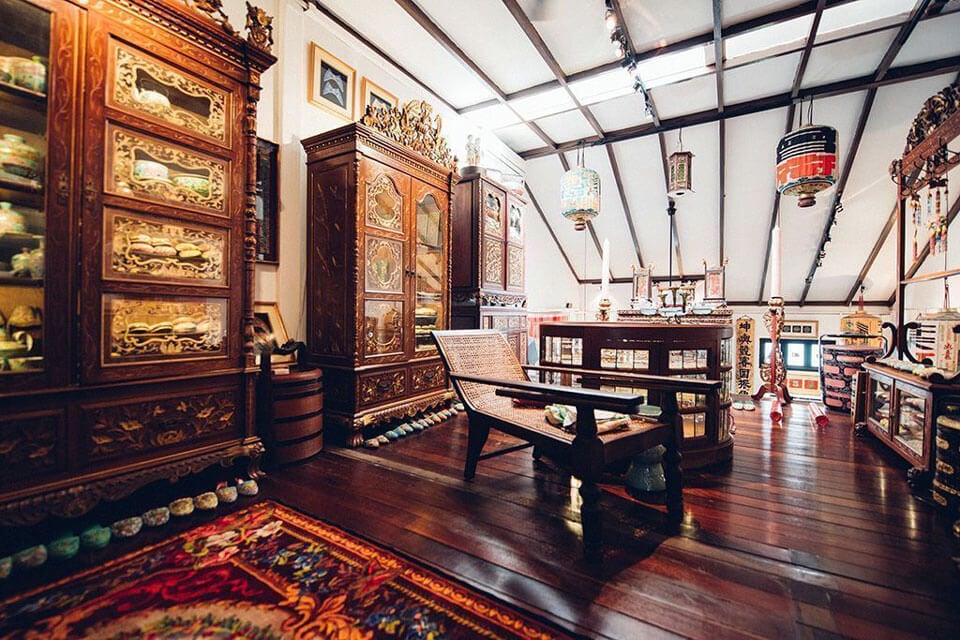
This private exhibition is one of the most extensive in Singapore. It was founded by businessman and collector Alvin Yapp. He personally meets guests and conducts tours in English. The purpose of creating the exhibition is to preserve and demonstrate the heritage of the Peranakan people. Peranakans are the descendants of all men (of any nationality) who came to Singapore and local women. This resulted in a rather whimsical and diverse mix of world cultures. The exhibition features household items (clothing, footwear, dishes, furniture). It can be visited any day of the week from 7 AM to 10 PM.
ArtScience Museum
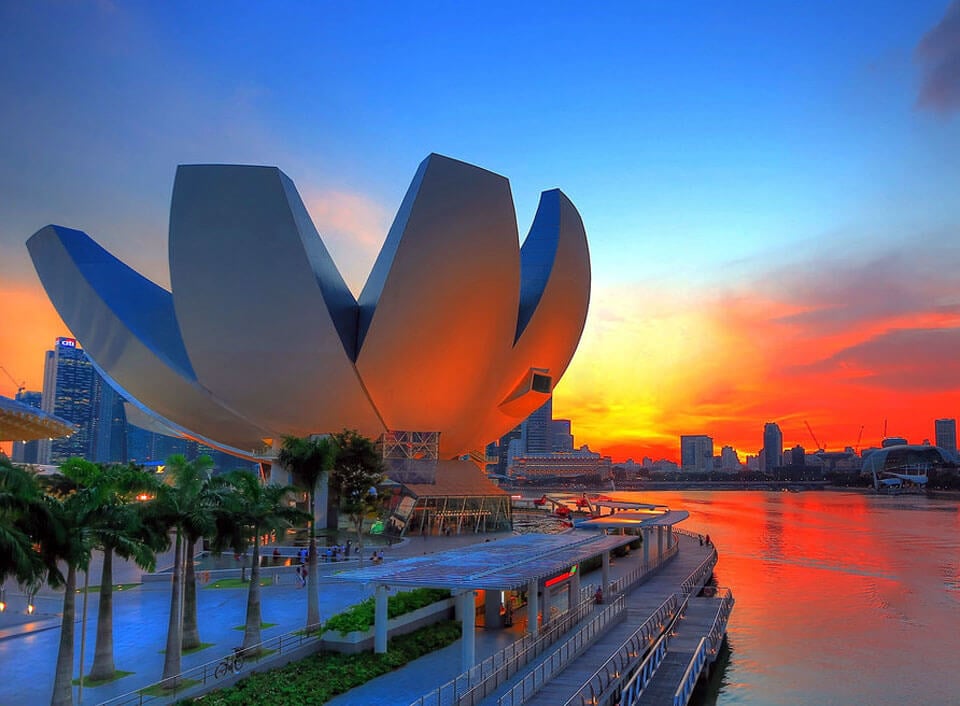
This young exhibition (created in 2011) is one of the most visited in the country. The purpose is to show visitors that science and art are united. The building itself is very interesting: from above, it resembles hands open in a welcoming gesture. And if viewed from the ground, it looks like a lotus flower bent to the ground. Next to the complex is a pond with live lotuses and fish. But that’s not all. On the roof, there is a reservoir that collects rainwater.
Subsequently, the water flows down as a waterfall (into the pool) and is then pumped back up. Windows are cut into the petals of the lotus, which illuminate the halls and accumulate heat. Thus, the structural solutions save 25% of electricity. The exhibition is divided into permanent and thematic parts. The permanent one consists of parts with conditional names:
- Expression
- Curiosity
- Inspiration
All achievements of science and art are divided into themes and whimsically combined with each other. Both real exhibits and interactive ones are presented. It’s important to remember that all tours are conducted in English, so you should take care of an audio translator. The complex is open to visitors every day from 10 AM to 7 PM.
National Museum of Singapore
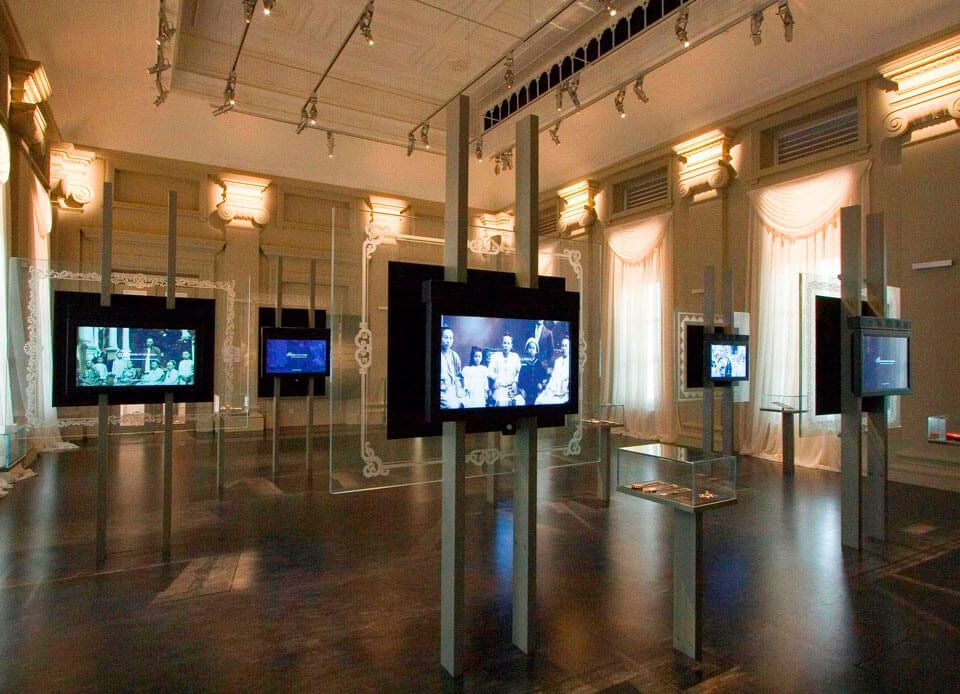
The founding date of this center is 1849. It was then part of the Singapore Institution Museum. Later, the complex changed its building. In 2006, the exhibition celebrated its second birth. The purpose of the exhibition is to tell about the history of Singapore and the Asian region. The building, built in the 19th century, has been rebuilt inside to provide a quality perception of the exhibited artifacts.
Here you can see:
- Exhibits that tell the history of the country.
- National costumes.
- Spices that make Singaporean dishes special.
- Opera singers’ costumes.
- The first inventory of the first film companies.
Many artifacts were donated to the complex by private collectors. The administration organizes thematic exhibitions and lectures. In these galleries, you can get acquainted with the creations of contemporary Asian sculptors and artists. The complex is open every day from 10 AM to 6 PM.
Asian Civilisations Museum
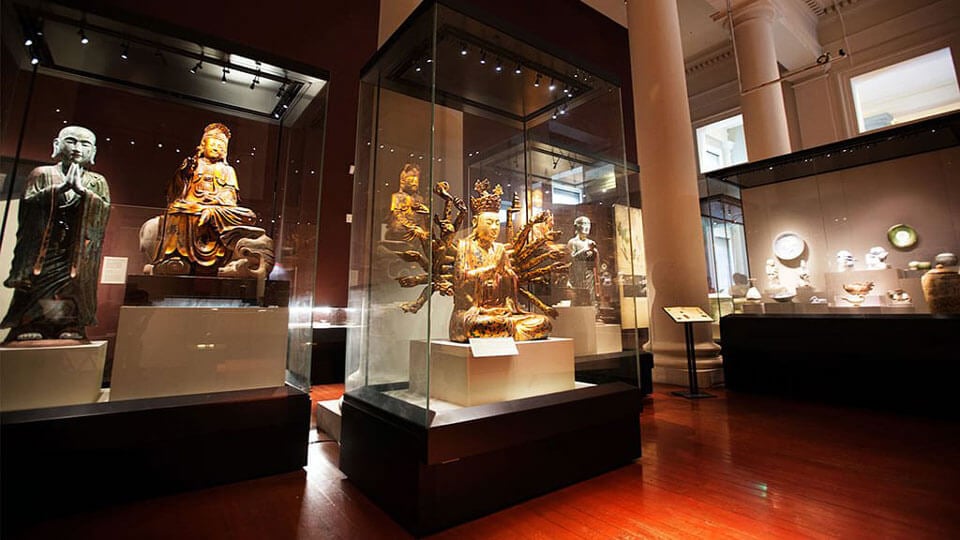
This exhibition opened to visitors in 1997. At that time, it was a very small exhibition, dominated by household items of the Peranakan, descendants of Chinese men. But in 2003, the number of artifacts increased significantly, so the center moved to the former courthouse building. The Peranakan exhibition first became a branch and then an independent complex.
The exhibition includes 11 galleries, each dedicated to a specific region of Asia. Particularly interesting are:
- Vietnamese: Here, pay attention to the Bronze Goddess of Mercy statue. A separate stand is dedicated to the unique country of Champa, where the traditions of several peoples merged.
- Thai: Tourists linger for a long time in front of the jewelry exhibition.
- Malay: Decorated human skulls evoke awe. It is believed that without such an item, the journey to the afterlife will be difficult.
- Chinese: Porcelain items and jewelry are presented here.
Remember that tours are conducted in English. Notably, all halls have interactive monitors. With their help, you can listen to texts about the section you are interested in. It welcomes guests from 10 AM to 7 PM. On Fridays, the exhibition is open until 9 PM.
Peranakan Museum
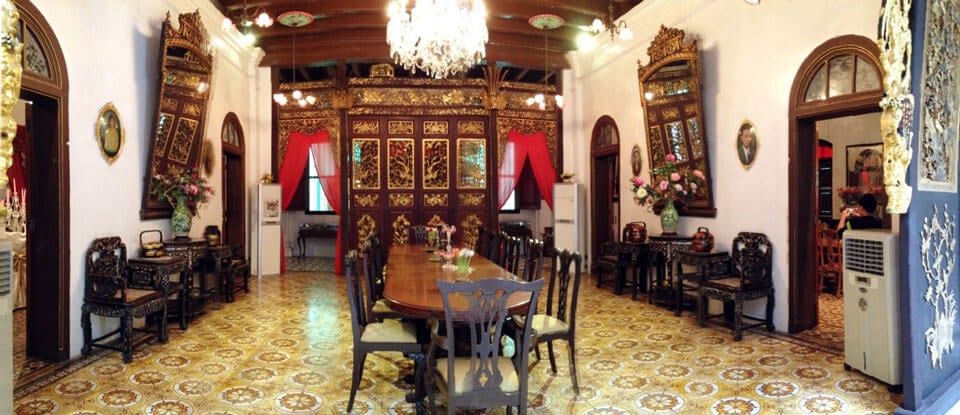
In general, Peranakans are descendants of male settlers of any nationality and Malay women. But in this center, the focus is on men of Chinese descent. A separate exhibition is dedicated to the most famous Peranakan, Lee Kuan Yew, who once served as Prime Minister of Singapore. It was once (in 2008) a branch of the Asian Civilisations Museum. Today, the center is an independent entity representing an in-depth study of Peranakan traditions.
The complex’s halls display everything used by the descendants of settlers:
- Dishes
- Jewelry
- Interior items
- Clothing
- Footwear
The exhibition is complemented by interactive models that tell about Peranakan customs and traditions. Visitors are offered to see a 12-day wedding ceremony. For clarity, the exhibition is presented by themes: each has a special gallery:
- Origin
- Religion
- Decorative and applied arts
- Trade
- Politics
- School
You can quickly get acquainted with the exhibition. But after visiting the center, it’s worth stopping by the café to taste traditional Peranakan dishes. Finally, purchase handmade souvenirs at the local shop. It welcomes guests every day from 10 AM to 7 PM. On Fridays, the complex closes at 9 PM.
Art Museum
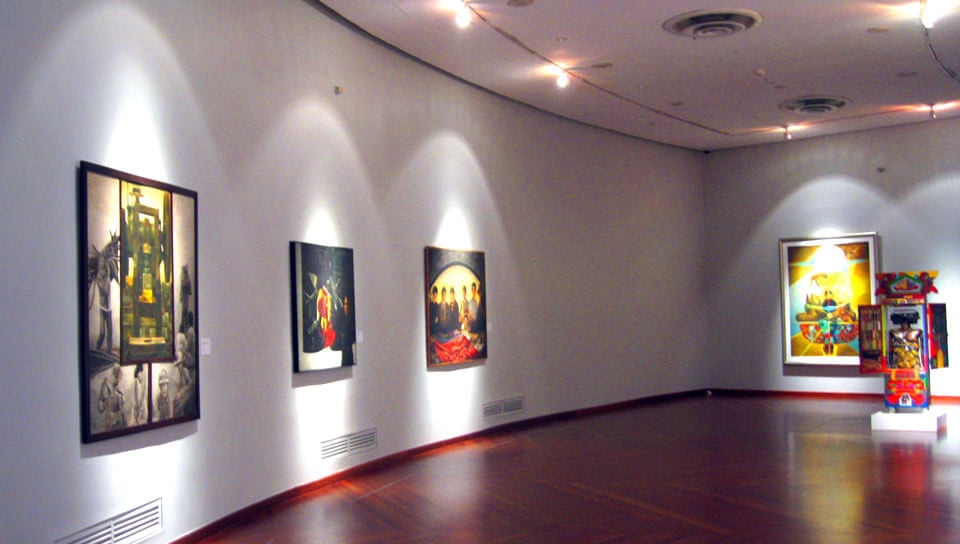
The center presents a wide variety of artworks. This includes modern sculpture, painting, and unexpected installations made from various materials. It’s quite interesting to see all this. Notably, although the building has only 3 floors, you can reach the desired floor by a comfortable elevator. There are several entrances to the complex. But if you enter from the central entrance, you can get a free map showing the location of the exhibitions.
The center’s exhibitions are divided into permanent and thematic ones. This is detailed in the program acquired at the central entrance. The complex administration monitors the updating of exhibitions: visitors should find it interesting. It operates from 10 AM to 7 PM every day. But on Fridays from 6 PM to 9 PM, you can visit it for free.
Red Dot Design Museum
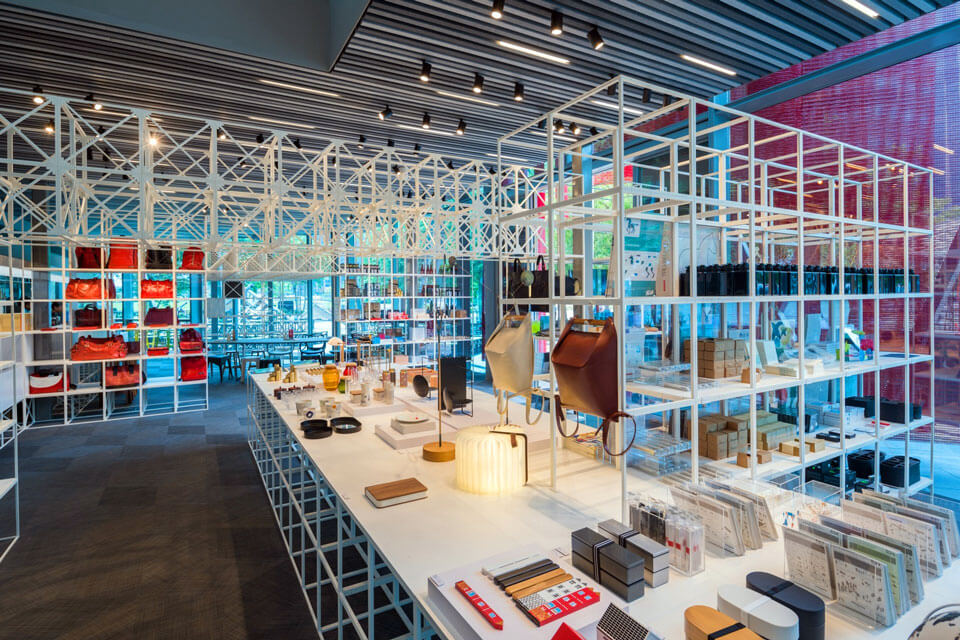
In 1955, the “Industrial Design” nomination was established. Asia (including Singapore) is a rapidly developing region in this direction. It is only natural that a permanent exhibition was created in Singapore. There are only two such exhibitions worldwide: the second is located in Germany. The building itself is impossible to miss: it is painted bright red. Inside, there is a lot to see.
In the halls, you can admire:
- Pregnancy tests for the blind
- Universal shoes (protect feet in rain and dry weather)
- A miniature tray where you can grow vegetables on the windowsill
- A cradle for babies in the form of a mother’s womb (the baby feels the same sensations)
- Plumbing for people with one working hand
All exhibits not only entertain guests but are also designed to make people’s lives as comfortable as possible. Once a month (on Friday), visitors are invited to familiarize themselves with a thematic exhibition of artists and designers. It operates in the evening, from 5 PM to midnight. All exhibits are for sale, and you can enter the gallery for free. Open to visitors every day from 11 AM to 6 PM. On Fridays and Sundays, the working hours are extended until 8 PM.
Naval Museum
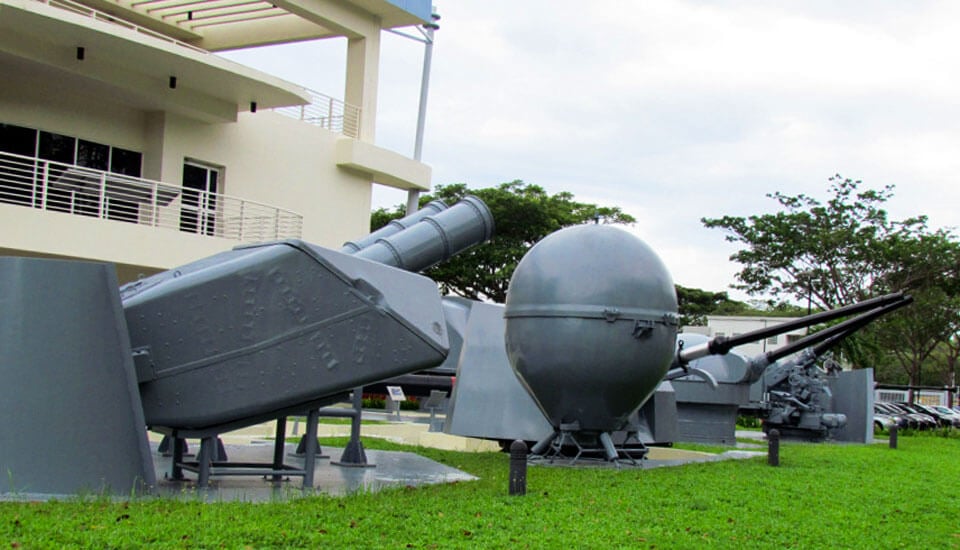
This exhibition was opened in 1965 near the naval base. The purpose of the exhibition is to tell guests about the history of the Singapore Navy. Here, you can see all the ship models that have ever been in the country’s service. Made to scale, they are located in a special pool imitating the ocean.
Special stands display ship weapons, regulations, ship logs, and personal belongings of sailors and officers. Full-size cannons are located in the area in front of the building. The complex can be visited every day from 10 AM to 6 PM. Entry is free for all tourist categories.
MINT Museum of Toys
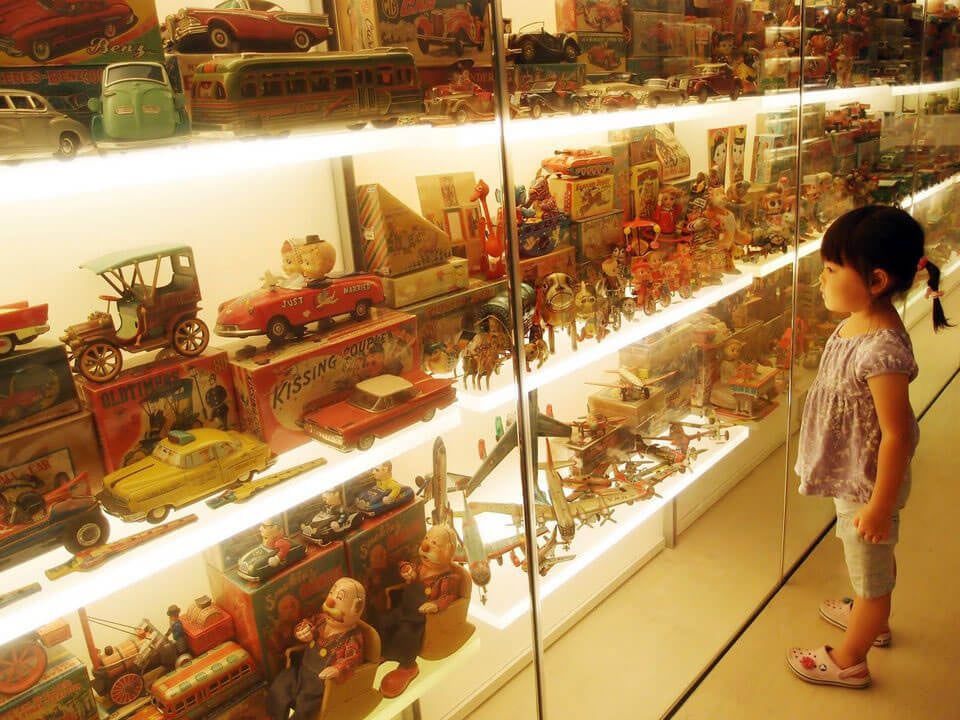
This is an interesting private exhibition. Collector Chang Yong Fa collected toys all his life and only decided to part with them at the age of 57. He commissioned architects to design a special center where all his toys should be displayed. The name literally means: Moment of Imagination and Nostalgia with Toys. And it truly is.
The stands feature rare toys made in the 19th century, Chinese dolls, mechanical toys from Germany and Japan, copies of Disney cartoon characters, and funny comics. After wandering through the halls and admiring the unique exhibits, you can sit in a cozy café or wine bar. The souvenir shop offers a good selection of modern toy replicas. The center welcomes guests every day from 10 AM to 7 PM.
Museum of Optical Illusions
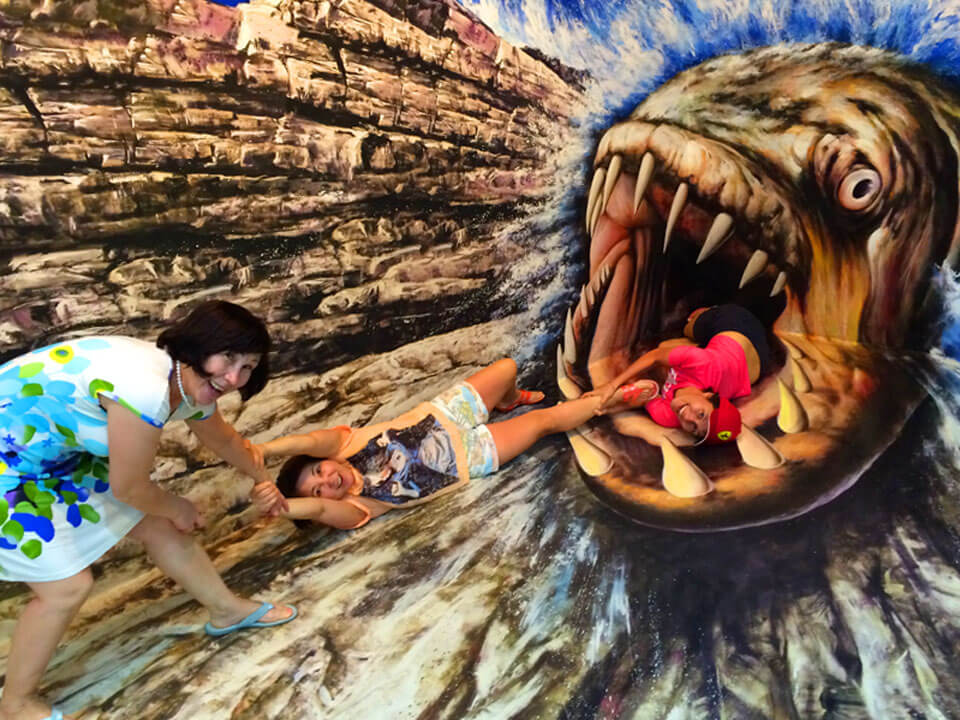
Visiting Sentosa Island, you can’t miss this unusual center. Here, all the exhibits are 3D pictures. The most interesting thing is that you can not only look at them but also touch them. In this center, you can get the most unexpected photos. The more unusual the pose, the more interesting the picture.
The themes are very diverse:
- Traditional Singapore motifs
- Variations on the theme of China
- Modern art
Visiting the exhibition is a great way to spend time for photography enthusiasts. For those interested in modern technology, a walk through the exhibition is very informative. The center is ready to welcome guests every day from 10 AM to 9 PM.
Singapore Philatelic Museum
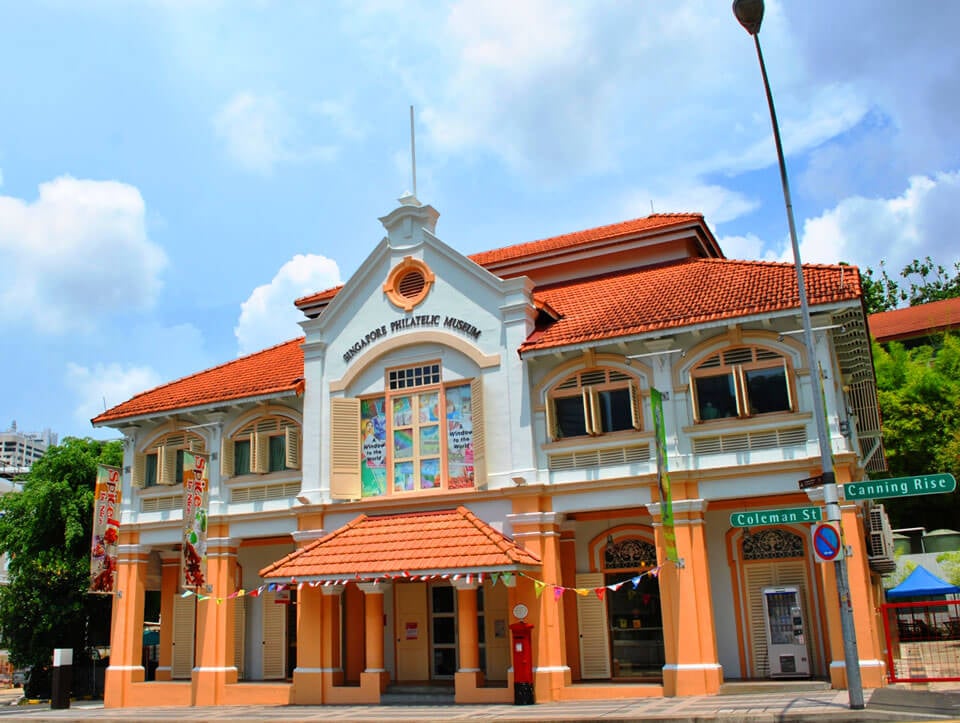
The building where the stamp collection is exhibited was built at the beginning of the 20th century. Initially, it housed a school and then a library. But at the end of the 20th century, the Singapore government decided to place a philatelic exhibition in the building.
The permanent exhibition consists of 3 sections:
- The period of British colonial rule. During this time, extensive correspondence was conducted with employees of the East India Company. Stamps from 1826-1946 are displayed here.
- The period of the free state. Both regular and rare specimens are presented here.
- The modern country period.
The administration organizes thematic exhibitions. In addition, private collectors donate their stamp collections for exhibition. Lectures and film screenings are held in the halls. After viewing the stamps, you can visit the shop and buy souvenirs as a reminder of this amazing place in Singapore. The complex welcomes guests every day except Monday from 9:30 AM to 7 PM. On Mondays, it is open from 1 PM to 7 PM.
Baba House Peranakan Museum
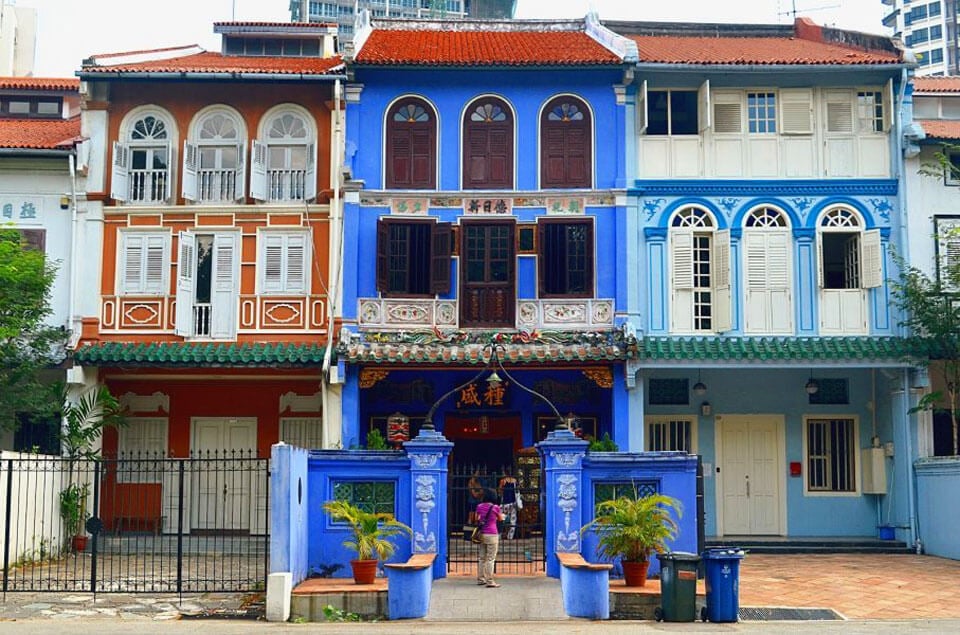
It’s not surprising that there are several Peranakan museums in Singapore: the state is home to 500,000 representatives of this unique ethnicity that emerged about 4 centuries ago. This center began operating recently: in 2008. The house itself was built for a Peranakan family in 1928. The building style is called Peranakan. The structure belonged to a wealthy Peranakan family for almost a century, so its exterior and interiors are completely preserved. The last owner donated the house with all its belongings to the state. Before the center opened, it was slightly reequipped, but the architectural changes did not affect the building. All, even the smallest, elements are preserved.
Now, guests are offered to explore all three floors of the building:
- The 1st floor displays antique furniture made of valuable wood, inlaid with mother-of-pearl and metal inserts.
- The 2nd floor exhibits household items: clothing, footwear, dishes. The outfits are decorated with embroidery and pearls.
- The 3rd floor is reserved for thematic exhibitions. Ethnographic research is also conducted here.
To visit Baba House with a guided tour, prior reservation is required. The center welcomes guests daily from 10 AM to 7 PM.
National Gallery
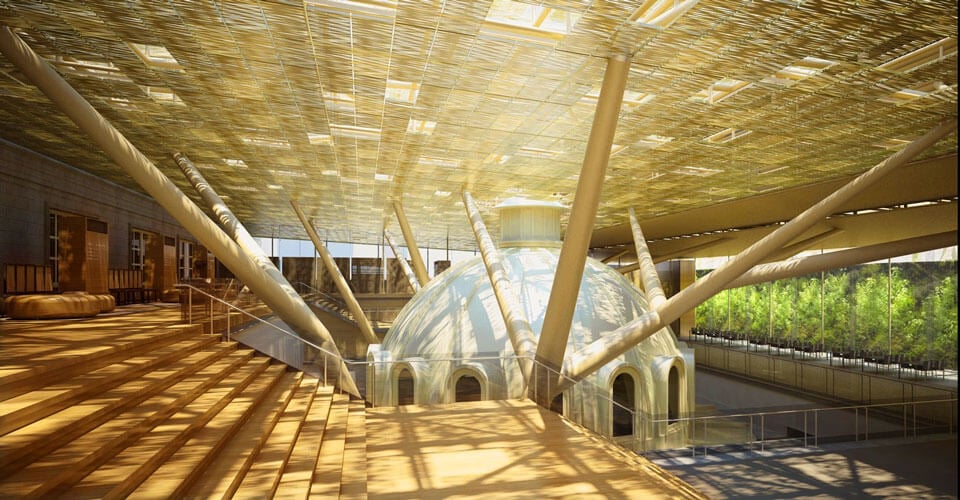
The gallery began welcoming visitors recently: since 2015. It is located in two adjacent buildings: the city hall and the court. However, to prepare the premises for the exhibition, restoration work was needed. It cost the state half a billion US dollars. Now, visitors can enjoy a rich collection of paintings. The gallery has gathered art from the 19th-20th centuries. The authors are both Singaporean artists and those from other countries.
Guests can admire the paintings of:
- Georgette Chen, Chen Chong Swee, Chen Wen Hsi, Cheong Soo Pieng, Liu Kang (Singaporean citizens).
- Raden Saleh, Latiff Mohidin, Montien Boonma, U Ba Nyan, Nguyen Gia Tri, Svay Ken, Fernando Cueto Amorsolo (citizens of Indonesia, Malaysia, Thailand, Myanmar, Vietnam, Cambodia, and the Philippines).
The main goal of the exhibition is to tell about the peculiarities of the development and formation of Singapore. The administration regularly organizes thematic exhibitions. The aim of the events is to hold a dialogue between residents and artists. Special galleries are allocated for research. Here, art historians from around the world study the works of unique painters. The gallery can be visited from Sunday to Thursday from 10 AM to 7 PM, and on Fridays and Saturdays from 10 AM to 10 PM.
Changi Chapel and Museum
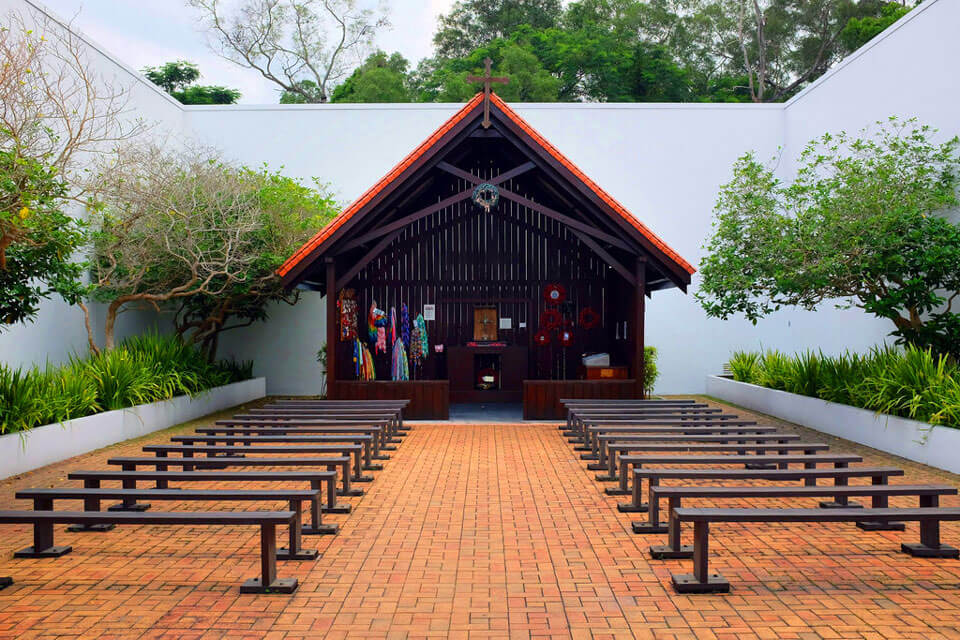
This is one of the saddest exhibitions in the country. It is located in the east of the city. From 1942 to 1945 (the occupation of Singapore during World War II), there was a Japanese military prison for captured prisoners on this site. The exhibition is interesting for guests who study history. This is a sad and little-known chapter. Personal belongings of Singapore residents captured by Japanese soldiers are displayed. More than 50,000 people were held in the prison. The chapel is a small open gazebo with a crucifix inside. It is part of the complex. The exhibition can be viewed from 9:30 AM to 5 PM. Entry is by voluntary donation.
Madame Tussauds Wax Museum
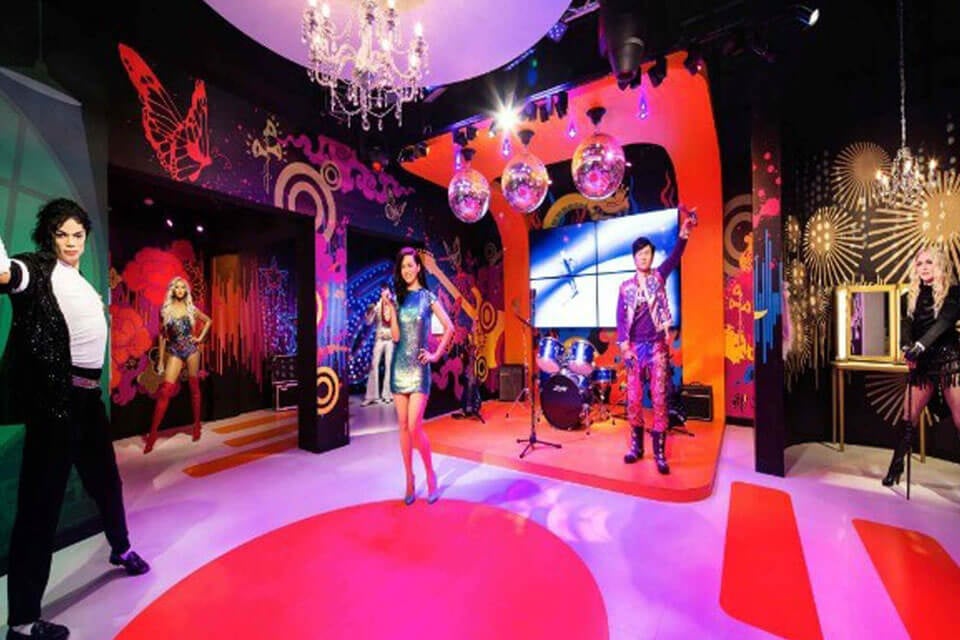
The complex is located on Sentosa Island. The exhibition is divided into 8 sections. Each of them features wax figures supplemented with appropriate accessories. For example, the Cinema section is decorated with flashes and spotlights. The Sports section features famous athletes with their gear: balls, tennis rackets. In the A-List Party section, guests are greeted by music and dazzling lights. All figures look lifelike.
You can not only photograph them (with flash too) but also touch them. The photos turn out amazing. At the end, guests are invited to visit the final sector. Here, you can see the entire process of making wax figures. But this spectacle is not entirely pleasant: the eyes, hair, and other parts of future characters look too realistic. It can be visited daily from 10 AM to 6 PM.
Buddha Tooth Relic Temple and Museum
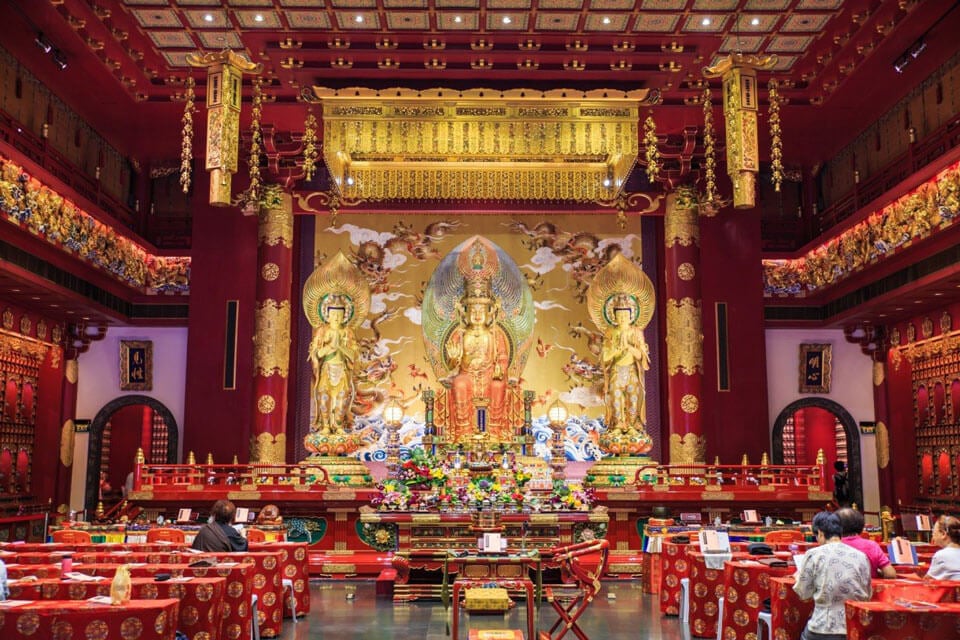
The complex is built according to the traditions of the Tang dynasty. Notably, the temple was constructed for only one relic — the tooth of Buddha. The relic was found in Myanmar in 1980. There was a large Buddha statue on the hill, ruined by time. The abbot of the monastery decided to restore it. He found a stupa with a tooth. The monk didn’t tell anyone about the magical find. But in 2002, he handed over the relic to the authorities of Singapore. Believers claim that the relic grants great power to anyone who touches it: the person becomes invincible. The tooth itself cannot be damaged or destroyed.
The relic is kept in a separate hall, and only monks can see it. Guests can view the relic’s case made of pure gold and precious stones. The temple is comfortable: it has elevators to take guests to the 2nd-4th floors. The interiors are richly decorated; visitors of other faiths might find the bright colors overwhelming. The complex has a cinema hall, a vegetarian dining room, and a room for conversations with the abbot. You can visit the temple independently from 7 AM to 7 PM. A tour should be booked in advance.
Science Centre Singapore
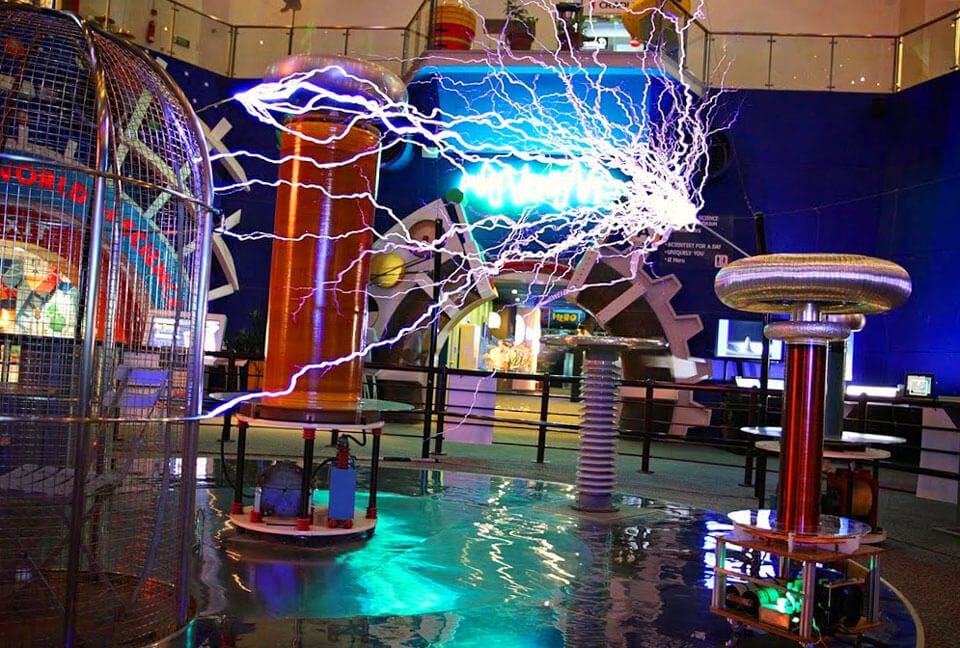
The Science Centre is an unusual complex. It was created to popularize scientific achievements in various fields. Here, you can work in chemical and physical laboratories, observe celestial bodies through a modern telescope. By the way, the observatory in the center (the only one in the world) is located close to the equator. Therefore, stars of both the southern and northern hemispheres are visible simultaneously. The halls displaying prehistoric animals are popular with guests.
Here, the development of living organisms on the planet is studied. Anatomy enthusiasts are attracted to models of human organs. It’s interesting to find yourself inside a stomach and see it at work! And after getting tired of new impressions, you can sit in a cozy café and try local dishes. Open to visitors from 10 AM to 6 PM every day.
Fort Siloso
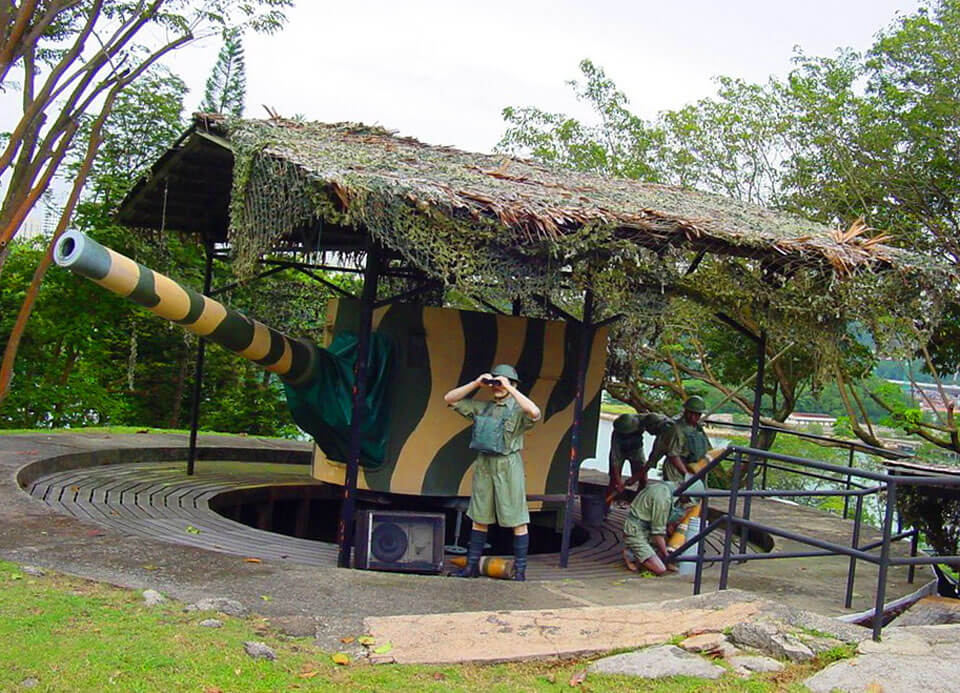
The fortress was built by the British in 1876. It was necessary to protect Sentosa Island from sea robbers. At that time, the fort was well-equipped with cannons. The garrison kept the Keppel Strait under full control. In the early 20th century, the British constantly modernized their fortifications in Siloso. But due to a tactical mistake (the invaders entered the colony not from the sea but from land), Fort Siloso was surrendered to Japanese troops in 1942.
During the occupation, there was a military prison for Australians and British. The fortress returned to the now free Singapore in 1967. In the late 80s, Siloso was reconstructed and turned into an open-air museum. However, Singaporeans honor the memory of the fallen, and memorial ceremonies are held at this sacred place. You can visit the exhibition at Fort Siloso every day from 10 AM to 6 PM. It will be interesting for both adults and children.
Singapore History and Culture Museum
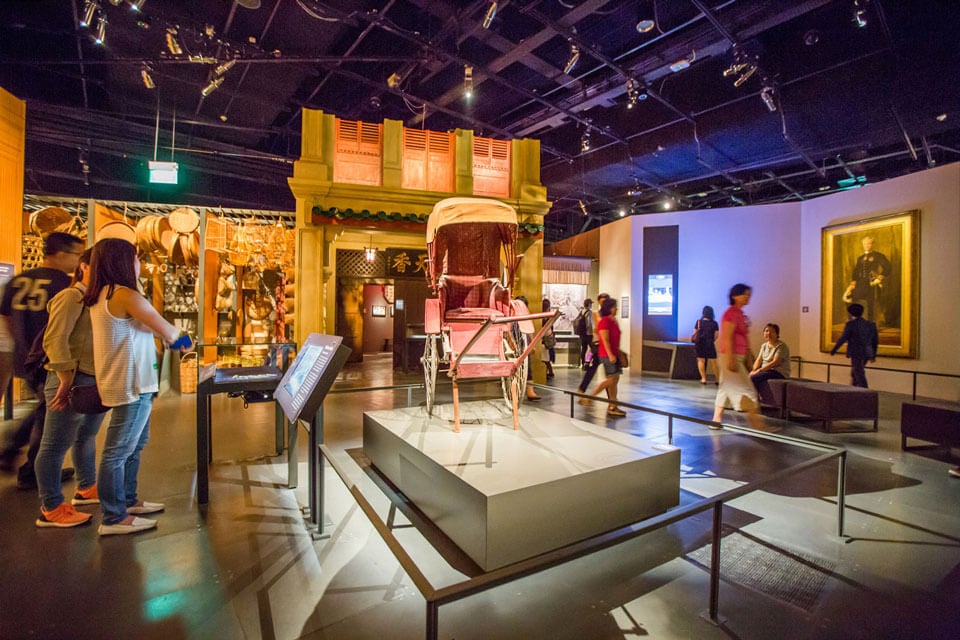
This exhibition is ideal for those visiting Singapore for the first time. The unusual presentation of information, vivid presentations, and no boredom help quickly learn and then love this amazing country. Notably, the center features installations made from ordinary objects and wax figures (life-sized) combined with interactive technologies.
All significant events are divided into three parts:
- Pioneers of Singapore: Tells about the first settlers and British colonization.
- Capitulation: Offers a glimpse into the most dramatic pages of the country’s life — the Japanese occupation from 1942 to 1945.
- Festivals: Visitors learn about traditional Indian and Chinese festivals.
A separate hall is dedicated to Singaporean cuisine. On a small territory, Chinese, Malays, and Indians live together. Each ethnicity has its own cuisine. But culinary traditions have closely intertwined over several centuries of coexistence, creating unique dishes. These are prepared in front of visitors and then offered for tasting. The center is open to visitors from 10 AM to 6 PM every day.

